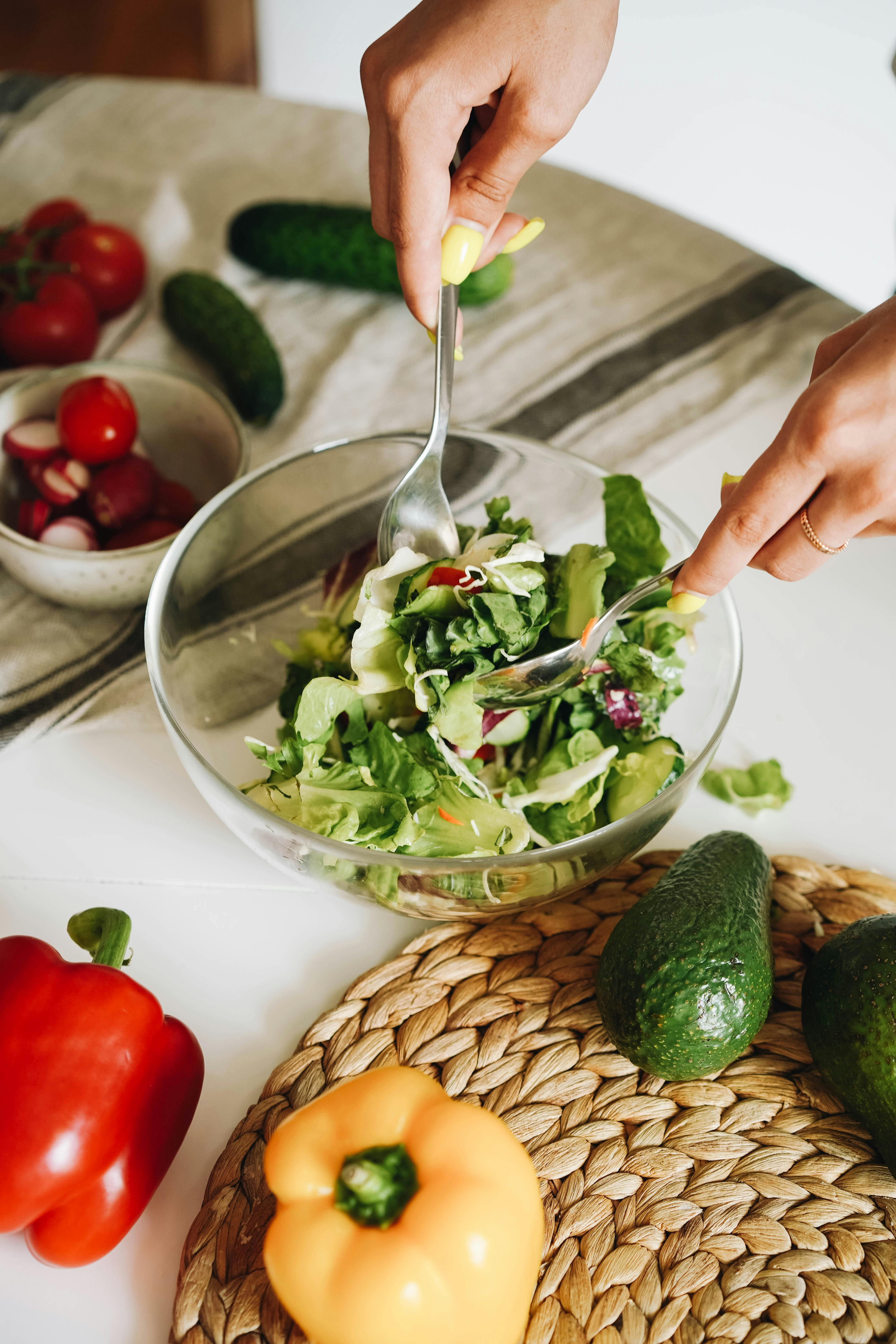Mindful Eating Tips for a Renal Diet That Work
Mindful eating tips for a renal diet are more than just helpful suggestions—they are essential tools for protecting kidney function and enhancing overall quality of life. In a world dominated by fast food and hectic lifestyles, learning to eat with awareness can be a game-changer for those managing chronic kidney disease (CKD). This article explores how mindfulness and nutrition can combine to support better outcomes for renal health.

Understanding the Fundamentals
Mindful eating involves paying full attention to the experience of eating, from the taste and texture to the body’s cues of hunger and fullness. For individuals with kidney disease, this approach can significantly impact nutrient intake and long-term renal health. Historically, dietary restrictions for CKD have emphasized what not to eat—mindfulness shifts the focus to how and why we eat.
These fundamentals matter because they help kidney patients manage complex dietary requirements without feeling overwhelmed. Think of mindful eating as a GPS guiding patients through dietary restrictions while keeping them engaged and in control.
1.1 Listening to Your Body
Listening to hunger and fullness signals can be challenging, especially in a medical context. Yet, studies show that patients who develop this skill are more successful in maintaining healthy weights and fluid balances—critical for renal care. For example, eating slowly allows the brain to register fullness before overeating occurs, reducing strain on the kidneys.
Common misconceptions include assuming you must eat on a strict schedule or finish every meal. In reality, tuning into physical hunger cues can prevent unnecessary stress on kidney function and improve digestion.
1.2 Understanding Renal Diet Limits
Unlike general diets, a renal-friendly meal plan restricts phosphorus, potassium, sodium, and sometimes fluid intake. This makes mindful eating even more valuable. It’s not just about avoiding certain foods—it’s about appreciating and savoring what you can eat.
For instance, learning how your body reacts to high-potassium fruits or salty snacks helps you build an intuitive sense of what supports your kidneys best. This awareness reduces dependency on strict calorie counting or nutrient tracking over time.
Practical Implementation Guide
Applying mindful eating tips for a renal diet starts with intention. It’s about creating consistent habits, even during stressful or social situations. Expect gradual results—building a sustainable lifestyle takes time but yields lasting health benefits.

2.1 Actionable Steps
- Start with a Pause: Before eating, take a moment to breathe and appreciate your food. This reduces anxiety and creates intentionality.
- Use Portion Control Tools: Invest in divided plates or use measuring cups to avoid overeating phosphorus or potassium-rich foods.
- Keep a Food Journal: Track your meals, emotional state, and any symptoms. This reveals patterns that can help refine your diet over time.
2.2 Overcoming Challenges
Common challenges include emotional eating, limited food options, and social pressure to indulge. Solutions include:
- Creating a meal plan with your dietitian
- Practicing polite refusals in social settings
- Having renal-safe snacks on hand to avoid temptations
Warning signs like sudden weight gain, fatigue, or swelling may indicate dietary missteps. Experts recommend slowing down mealtimes, avoiding multitasking, and setting a peaceful eating environment to troubleshoot these issues effectively.
Advanced Applications
Once basic mindful eating practices are in place, more advanced techniques can further support your renal health. These methods require consistency and a deeper understanding of your unique nutritional needs. They’re best adopted when you feel confident with the foundational steps.

3.1 Mindful Hydration Control
Hydration is tricky for CKD patients. Mindful sipping—taking small, intentional sips instead of gulping—helps control fluid intake. In one study, patients who used hydration logs and sip-based mindfulness reported improved comfort and fewer symptoms of fluid overload.
3.2 Taste Training for Low-Sodium Diets
Over time, the palate can adjust to less salt. Incorporating herbs, citrus, and umami-rich vegetables can elevate flavor without harming kidneys. These techniques integrate well with dialysis-friendly recipes and are compatible with many cooking styles, making them versatile and effective.
Future Outlook
Emerging trends like AI-powered diet tracking apps, virtual nutrition coaching, and plant-based renal diets are reshaping kidney care. These tools may soon help personalize mindful eating routines even further, offering tailored insights based on real-time biometrics.
Preparing for these advancements means staying informed and continuing to engage with healthcare professionals. Cultivating flexibility and curiosity will keep your dietary strategy relevant and effective in the years ahead.
Conclusion
In summary, mindful eating tips for a renal diet offer a powerful way to navigate dietary restrictions while enjoying meals and preserving health. Key takeaways include listening to your body, using practical tools, and exploring advanced techniques like mindful hydration.
Start today by applying one small change—like slowing down your meals or writing in a food journal. Your kidneys will thank you. For additional support, consult a renal dietitian to personalize your plan and stay ahead of complications.
Frequently Asked Questions
- Q: What is a renal diet? A renal diet is a meal plan low in sodium, phosphorus, potassium, and protein to support kidney function in individuals with CKD.
- Q: How can I start mindful eating on a renal diet? Begin with one meal per day where you eat slowly, avoid distractions, and notice how your food tastes and how it makes you feel.
- Q: How much time does mindful eating take? Each meal may take 20–30 minutes, but the extra time is often offset by improved digestion and satisfaction.
- Q: Is mindful eating expensive? No, it focuses on habits rather than ingredients. However, planning and some kitchen tools (like measuring cups) may have minimal costs.
- Q: How does mindful eating compare to traditional renal diets? While both focus on nutrient control, mindful eating adds behavioral awareness that helps improve long-term adherence.
- Q: Is mindful eating hard to learn? Not necessarily. Like any skill, it requires practice, but simple steps like chewing slowly or limiting distractions are easy entry points.
- Q: Can I use mindful eating if I’m on dialysis? Yes. In fact, it can help manage appetite swings and fluid intake common among dialysis patients.
